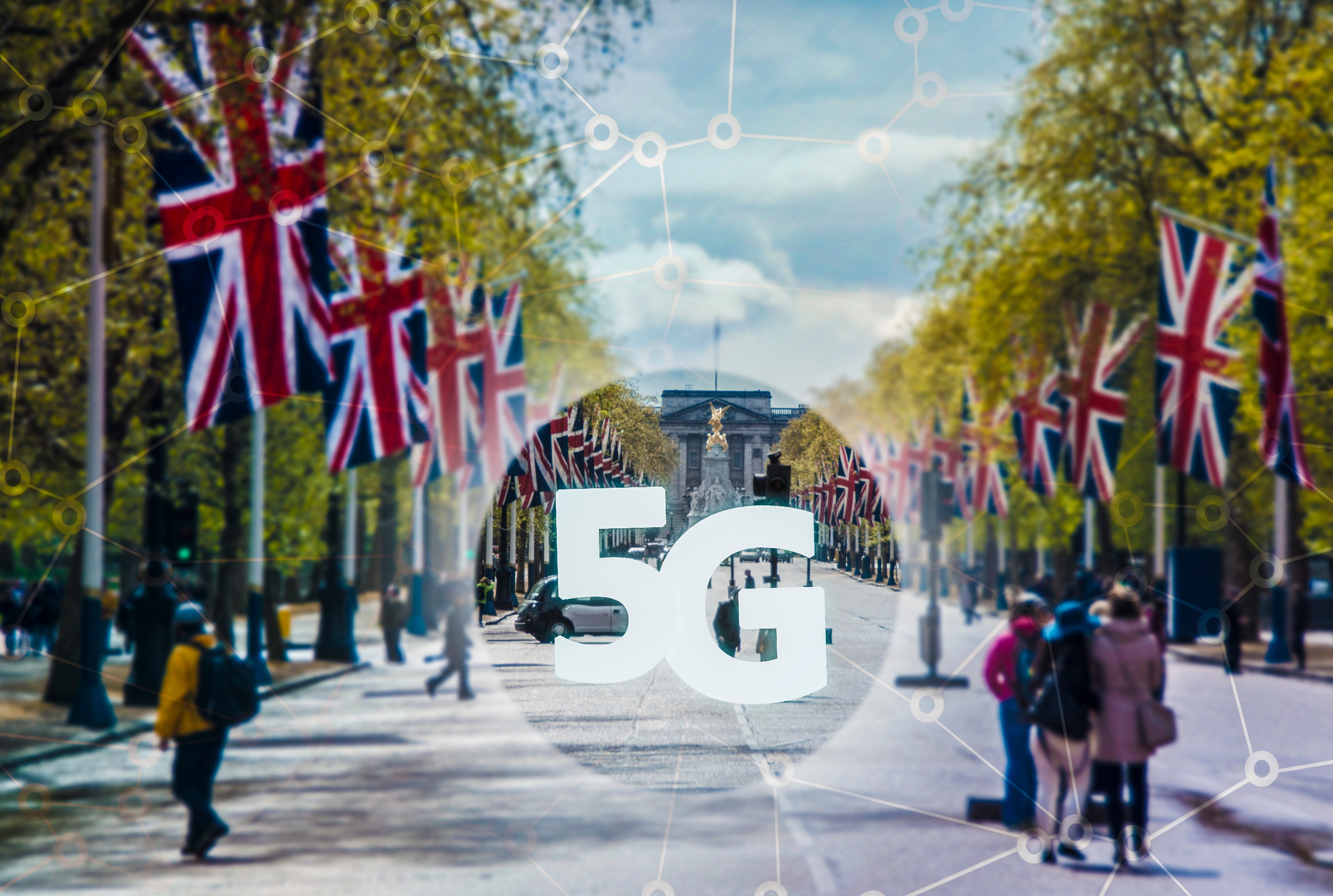The technological advances being shaped by 5G across Europe are so profound, the era is being identified as Europe’s digital decade. There are multiple technology milestones being realized throughout Europe and these achievements are seen as pivotal moments where vision becomes a reality right before our eyes.
I had the pleasure of recently participating in a webcast titled Fast-Track to 2030: How 5G Technology Will Shape Europe’s Digital Decade, I was joined by Radhika Gupta, head of data acquisition at GSMA and David Pringle, moderator on behalf of Mobile World Live.
As we discussed in the webcast, the EU’s digital decade program aims to achieve technology goals in four key areas: skills, infrastructure, business and government. Focusing on the infrastructure component, the goal is to provide gigabit connectivity for everyone in Europe and at least 5G coverage everywhere by 2030. The discussion explored how 5G can facilitate achieving these goals and the progress made so far.
5G’s role in connectivity and business transformation
Radhika emphasizes the crucial role of 5G in connectivity, especially in the post-pandemic era, labeling it a basic necessity. 5G is pivotal for achieving the EU digital decade goals due to its high speed and ultra-low latency. She cites a data point from a GSMA report last year, noting Europe’s telecom sector contributions of GDP. “The telecom sector of Europe already contributes somewhere between four to 5% of GDP,” said Radhika. “If you take this into account, and combined with the indirect effect that 5G will create in contribution to GDP by impacting various sectors like manufacturing, automotive health care, it’s going to be a really significant contribution. So I think it plays a super important role.”
It’s true that 5G is not only a technological upgrade but also represents a business and societal transformation. There is a study from HIS Markit, which projects that by 2035, 5G could catalyze $13 trillion of global economic output, approximately 7.5% of global GDP. Furthermore, the global 5G value chain is expected to generate more than $3.5 trillion in economic output by 2025 and provide employment for more than 22 million individuals by 2035.
5G rollout and adoption
It’s worth pointing out that while Europe has seen about 50% of global 5G launches, the adoption rate is only around 11-12% of total mobile connections, which is quite low compared to other regions like Asia and America. Even top-performing European countries in terms of 5G adoption, such as the U.K., Germany and Switzerland, only have adoption rates around 29-30%.
In China and Korea, up to 85% of customers are either using or intend to upgrade to 5G. In contrast, figures in the UK and Germany are approximately 64% and 42%, respectively. Europe, in general, lags in terms of customer willingness to upgrade to 5G.
The impact of lower adoption rates in Europe is a reduced competitive position globally. This reality, unfortunately, results in loss of economic growth, deterred investment, reduced innovation, stagnation and missed opportunities in a variety of sectors as well a potential increase in unemployment.
There are several use cases that could potentially drive 5G demand, such as the metaverse, where consumers can interact in a virtual reality, and live streaming with high bandwidth, which influencers can leverage to sell products directly from physical marketplaces.
Consumer demand is driven by awareness and exposure to use cases. For example, 5G enables enhanced experiences in digital entertainment, like 3D viewing without special glasses and real-time translation services during video calls, which could break down communication barriers.
While Europe is doing reasonably well with an average spectrum holding in the C band of around 400 megahertz, it was highlighted that every country would require an average of two gigahertz of spectrum in the mid-band by 2030 to enable city-wide 5G applications.
Global perspective and competition
China is a significant player in the 5G space, contributing 5.5% to its GDP from mobile technologies and services. With over 2.3 million 5G base stations and aggressive building plans, China is expected to be the first market to achieve 1 billion 5G connections by 2025.
Competition is essential for driving innovation and for customer choice and we must have a coordinated approach. If you also look at the opportunity cost, it’s quite critical. If we don’t take a coordinated, deliberate approach with 5G, then we’ll be in danger of missing out on implementing different types of use cases.
Our webcast discussion regarding how 5G will shape Europe’s digital decade underscores the pivotal role 5G has in shaping future communication, digital entertainment and global competitiveness while also highlighting the challenges and disparities in its adoption across different regions and consumer segments. Its future success appears to hinge on striking a balance between technological advancements, consumer perception and practical, impactful use cases.

